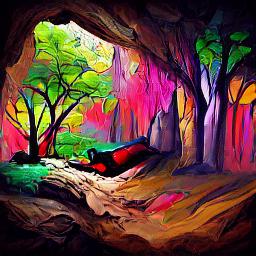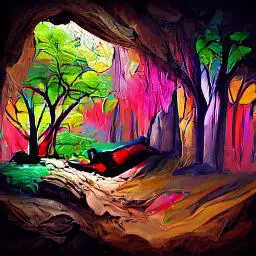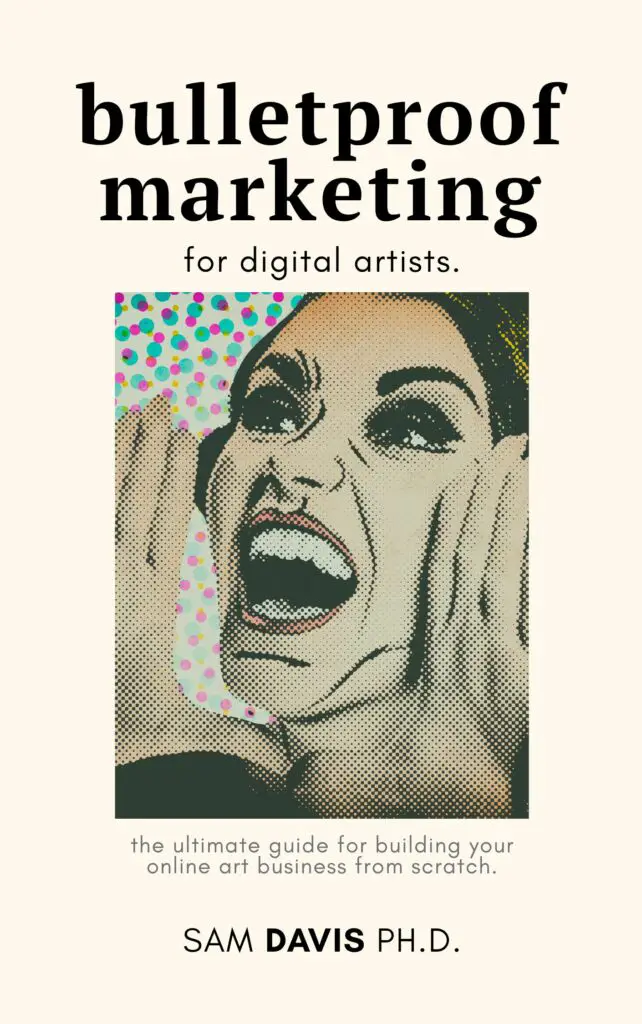Do you ever look at paintings or drawings and wonder how the artist achieved that particular style? It can be really frustrating to look at other pieces of art and feel like you'll never be able to create something that looks as good. But don't worry, finding your own artistic style is possible! In this blog post, we will discuss some tips that will help you find your own unique style as an amateur artist.

What is an art style?
Art styles are the various ways in which artists can express themselves. The most common art styles are painting, sculpture, photography, and architecture. However, there are many other art forms, such as printmaking, ceramics, and glassblowing. Each art style has its own distinct characteristics. For example, paintings are often two-dimensional and use a variety of colors to create an image.
Sculptures can be either two-dimensional or three-dimensional, and they often use a variety of materials, such as clay, stone, metal, or wood. Photography captures images using a camera, and architecture involves the design and construction of buildings. Ultimately, art styles provide artists with a way to express their creativity and communicate their ideas to the world.
Does having your own art style limit your creativity?
There is a common misconception that having your own art style can somehow limit your ability to be creative. This idea stems from the belief that artistic expression must only entail an unrestricted, wild exploration of form and color, unconstrained by any limitations or pre-existing styles. But in reality, having your own distinct style can actually encourage creativity, as it allows you to freely explore the aesthetic possibilities within that particular framework.
Having your own style means that you are already familiar with the rules and conventions of that specific aesthetic medium. For instance, when working in oils or acrylics, you know what sorts of textures and hues are popular among other artists and how they typically apply paint to the canvas. Likewise, if you draw digitally, you know which tools and filters have traditionally been used by others in this medium.
Having this sort of knowledge provides a solid foundation for experimentation and growth as a creative artist. It enables you to push against boundaries while also allowing you to rely on certain tried-and-tested techniques for achieving specific effects or moods. So rather than limiting your ability to create new work and explore alternative aesthetics, having your own art style serves to strengthen it by giving form to your inner visions and encouraging self-expression through previously established
How many artistic styles should an artist's work have?
There is no right or wrong answer when it comes to the number of styles an artist embraces to create art. Some artists prefer to specialize in one particular style, while others prefer to play around with different techniques and approaches. Ultimately, what matters most is that an artist's work fully expresses their vision, regardless of whether that vision stays true to a specific style or diverges from it.
Of course, having multiple styles at your disposal also carries certain benefits. By experimenting with different styles and techniques, you can expose yourself to new ideas and push yourself creatively in new directions. Plus, versatility allows you to cater your work more effectively to specific audiences or clients. Whether you favor one particular style or enjoy working with a wide range of approaches, what truly matters is that your art communicates the stories and messages most important to you. And in that sense, any number of styles is always better than none at all.
If you run an art blog, you could consider having a blog post for each type of style that you develop. A blog post is a great way to express your artistic voice and showcase when you're creating art in your personal style.
How will your own artistic pattern influence your creative process?
Every artist has their own unique style that influences their creative process. For example, if you tend to use bright colors and bold lines, your art will likely be full of energy and movement. Alternatively, if you prefer muted colors and soft lines, your art will likely have a calming effect. Your style can also be influenced by the type of media you use.
For example, watercolor painting tends to produce lighter and more delicate results, while oil painting often produces richer and more deeply saturated colors. No matter what your style is, it's important to experiment and experiment until you find a method that works best for you. And don't forget to have fun! After all, that's what art is all about.
Will having your own art style influence your artistic journey?
Whether you are just starting out as an artist, or if you have been making art for many years, it is important to develop your own unique style. Having a distinct style can make your work unique and recognizable, setting it apart from the thousands of other artists that are creating every day. However, some people might be hesitant to fully embrace their own aesthetic choices and instead follow the trends of others.
But cultivating your own style doesn't mean that you have to reject all external influence; in fact, having your own art style can help to shape and refine your artistic journey by giving you guidance when you feel lost or overwhelmed by inspiration. By staying true to yourself and developing a personal aesthetic, you can pave the way for continued growth and creativity in your art. Ultimately, defining your own style will carry you forward on the path towards becoming a true artist.

